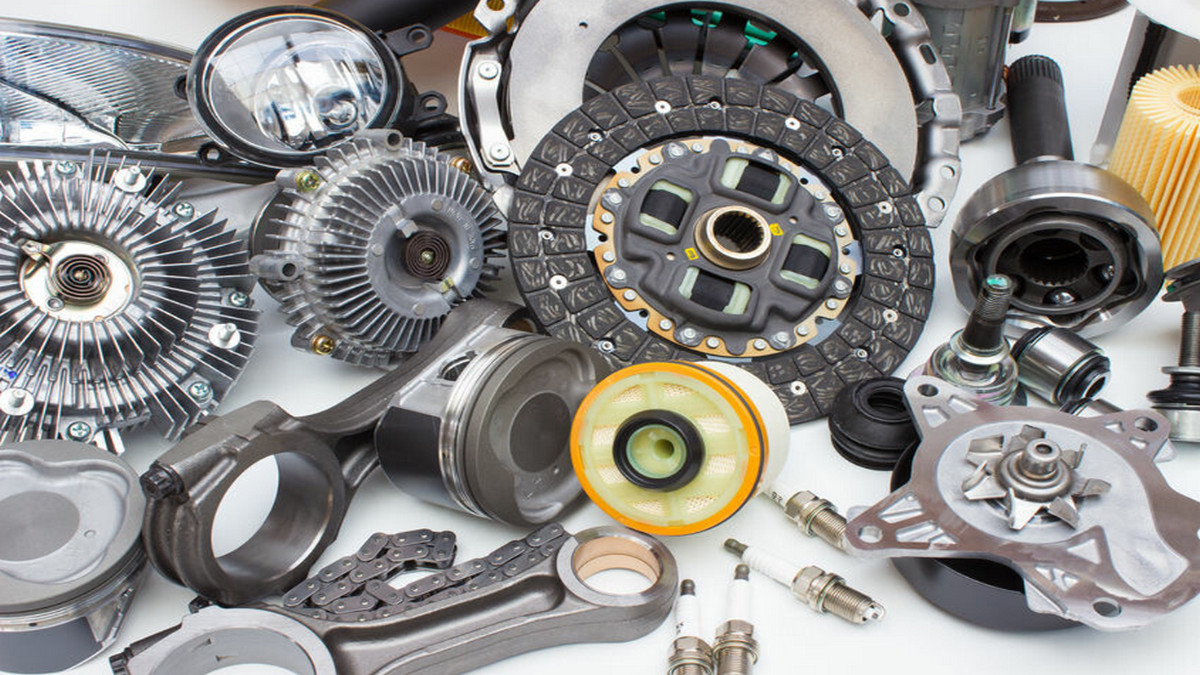In 1921, in the quiet workshop of a small-town Nebraska blacksmith, William S. Petersen, a Danish immigrant, invented an ingenious tool that forever changed the landscape of hand tools. He created a new type of pliers with a vise-like grip that could lock onto his work. The Vise-Grip's unique ability to securely latch onto any object with unparalleled precision and strength not only made it a tool but a true extension of the craftsman's hand. This provided an adjustable, locking grip for a wide range of applications.
Development History
Petersen was granted a patent for the VISE-GRIP® locking pliers in 1924. The vise grip, often referred to as locking pliers, was originally designed for use in welding and auto bodywork, allowing users to hold metal pieces in place with unprecedented steadiness. After Petersen patented his design, it quickly gained popularity, leading to the establishment of the Petersen Manufacturing Company in 1934 in DeWitt, Nebraska. The company opened its first manufacturing plant in 1938, and by 1941, the plant was operating at full capacity to fulfill government contracts.
Over the decades, the design has been refined, but the original functionality remains largely unchanged, a testament to the durability of Petersen’s original invention. In 1957, Petersen enhanced the design by adding an easy-release trigger, curved jaws, and a wire cutter, thereby creating the modern locking pliers. In 2016, Stanley Black & Decker Inc. agreed to buy the business, completing the acquisition in March 2017.
How Vise Grips Work
The locking mechanism of vise grips is quite ingenious yet straightforward. This mechanism consists of an over-center lever connected to an adjustment screw, which together control the width of the jaws. Here is how it works.
Step 1: Adjusting the Jaw Size
At the end of the handle of the vise grips, there is an adjustment screw. This screw controls the distance between the jaws. Turn the adjustment screw to set the jaws to the approximate size of the object you need to grip. This is done before clamping the tool onto the object.
Step 2: Clamping the Jaws
Place the jaws around the object you want to grip and squeeze the handles together. This action moves the jaws closer to each other and begins the locking process.
Step 3: Engaging the Lock
As you squeeze the handles, the over-center lever moves past the center point, which creates a reverse force. This reverse force tightly locks the jaws onto the object, ensuring a secure and stable grip.
Step 4: Locking in Place
The movement past the center point essentially causes the lever to snap into a locked position. This locking action is firm and does not reverse under normal hand force, making the grip incredibly secure.
Step 5: Releasing the Object
To release the grip, a release lever or handle, typically located near the lower handle, is pressed or pulled. This action moves the over-center lever back through its center point, unlocking the mechanism and allowing the jaws to open.
Unique Applications
Vise grips are incredibly versatile tools. Beyond their use in metalworking, automotive repairs, plumbing, and carpentry, their ability to adjust to various sizes and shapes makes them invaluable for gripping irregularly shaped objects or for use in confined spaces where traditional tools might fail. Their unique design also allows for some unconventional uses. Here are some of the more unusual and creative uses for vise grips:
Emergency Brake Handle: In a pinch, vise grips can serve as a makeshift brake handle. By clamping the vise grips onto the remaining part of the brake cable, drivers can gain temporary control over their vehicle’s braking.
Welding Torch Holder: Some inventive welders have used vise grips to hold small torches in place when a precise and steady flame is needed for delicate welding tasks
Door or Window Handle: In homes or vehicles where a door or window handle has broken, vise grips can serve as a temporary handle to operate the door or window until proper repairs can be made.
Pipe Bending: Although not recommended for precise jobs, vise grips can be used to bend small pipes or metal rods.
Removing Stripped Screws: For screws that have stripped heads, vise grips can be a lifesaver. They can grip the head of the screw tightly enough to turn it, allowing for removal without too much hassle.
Vise grip C-clamps
One unique design modification of the Vise Grips is its C-clamp version. It shares the fundamental locking mechanism of regular Vise Grips but is specifically designed with deep gripping arms and a wide opening capacity. This design allows it to clamp larger and bulkier objects and to apply uniform pressure over a larger area.
Though potentially bulkier and less versatile in small or awkward spaces, the C-clamp excels in setting up a workpiece in a stable position for extended periods. The design allows for even pressure distribution across a larger surface area, which helps in securing objects without damaging the material being held. This is especially useful in woodworking or during glue-up processes.
Your Go-To Last Resort
These examples show just how adaptable vise grips can be, often serving as a last-resort tool in situations where traditional tools might fail. The vise grip's innovative locking mechanism continues to make it a versatile solution for a wide range of applications.








.png)





